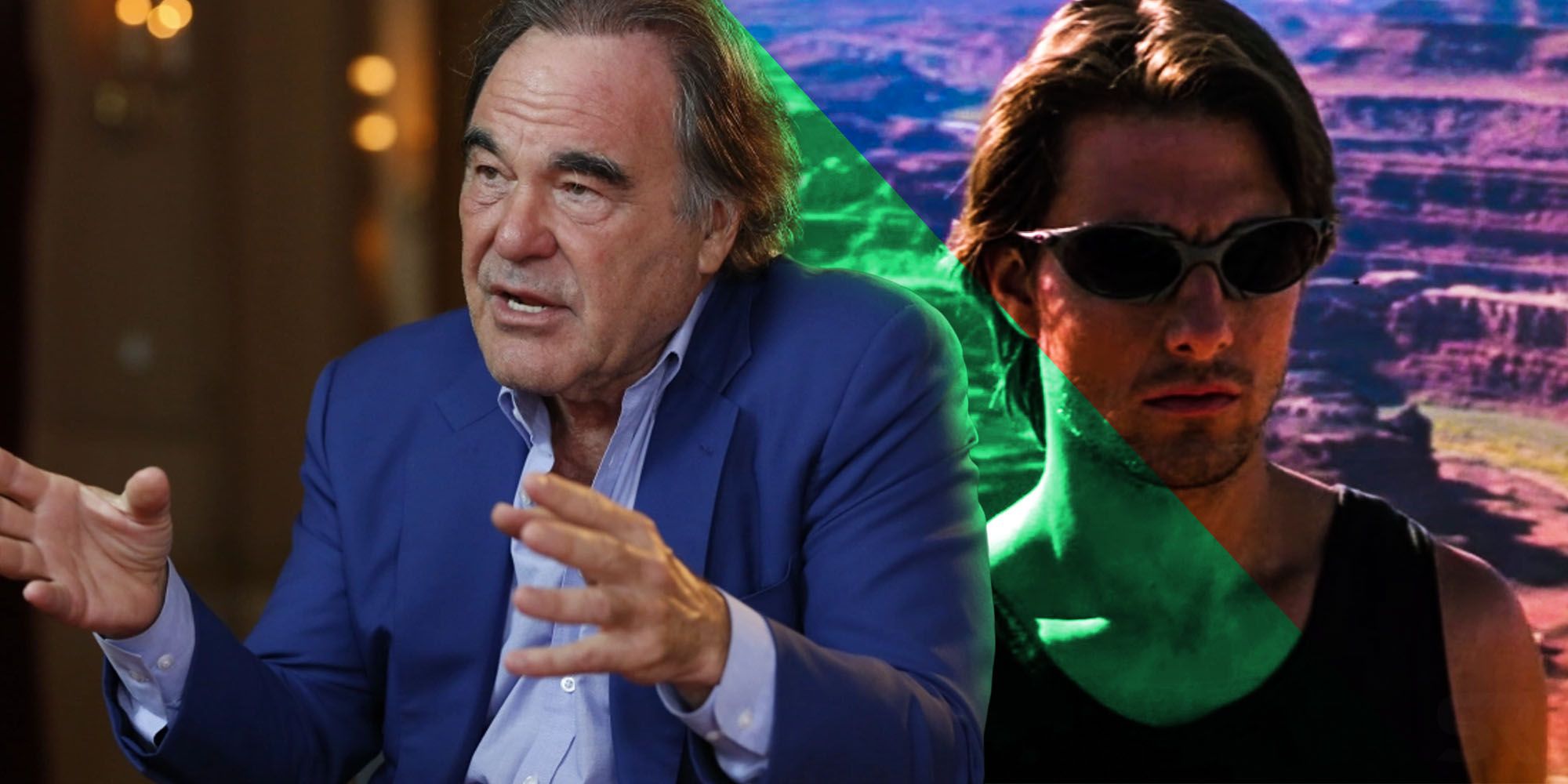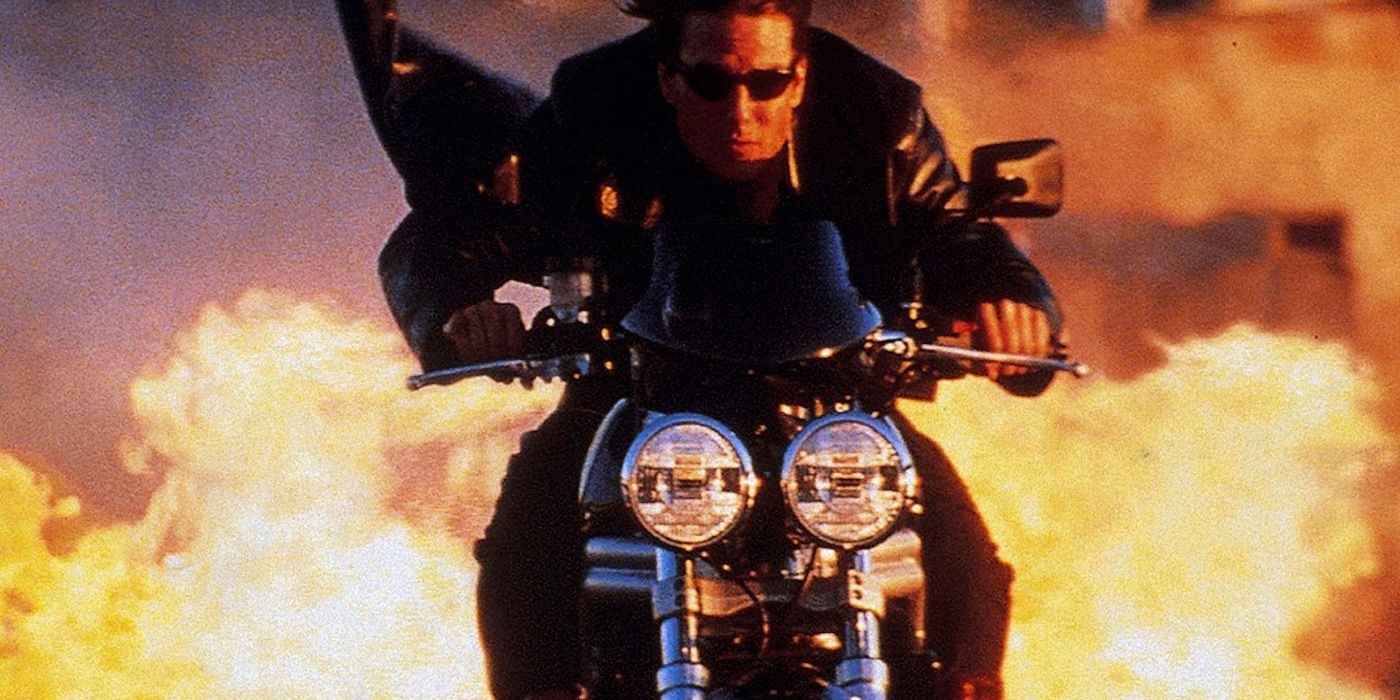Action auteur John Woo’s Mission: Impossible 2 played a seminal role in kickstarting Tom Cruise’s evolution into an action star, despite being deemed the weakest entry in the franchise, but Oliver Stone's rejected take was much wilder. The second installment of Cruise's explosively popular spy-action series follows IMF agent Ethan Hunt (Cruise) on a mission to find a dangerous biological weapon named Chimaera, whilst tailing rogue agent Sean Ambrose (Dougray Scott). However, things could have been much different in terms of plot points if the film would have ended up being directed by Oliver Stone like it was initially intended to be.
In their Mission: Impossible fan podcast Light The Fuse hosts Charles Hood and Drew Taylor venture into an in-depth breakdown of an early draft for Stone’s planned sequel. The particular draft in question was written by David Marconi with revisions by Michael Tolkin and featured returning characters from the first film, including Max (Vanessa Redgrave) and Luther Strickell (Ving Rhames). Instead of the Chimaera virus plotline, the Stone version of the sequel posited an evil supercomputer as the primary villain.
Solely available via personal appointment at the Ron Moore Collection at the Cinematic Arts Library, this early Mission: Impossible 2 script is more of an outline as opposed to a carefully fleshed out narrative, as the first two acts appear to be severely disjointed. Chronicling the events that led up to the actual making of the film, Hood and Taylor discuss how Marconi’s script was rejected at some point, and the project was handed over to Woo, who added his signature style to the remodeled script. Marconi’s script opens in a fairly telltale fashion, one that is in keeping with the Mission: Impossible franchise, whilst featuring a prison fight sequence and Ethan’s escape to Vietnam whilst on the trail of the movie’s antagonist, who seems to be in league with a supercomputer with a penchant for world domination.
As bizarre as that plot already sounds, things get progressively weirder when the events of the second act play out. Apart from featuring certain potentially interesting sequences involving Ethan shooting out neon-lit shop names to relay a message to another character, act two seems narratively out-of-place with the destruction of the IMF headquarters in Rome and Ethan faking his own death at an airport in Denver. While Mission: Impossible 2 borrows heavily from the Greek myth of Chimaera and Bellerophon, Marconi’s script relies on biblical allegory to further the plot to its denouement. After Ethan is captured and kept inside an experimental chamber named the Evolution Room, he experiences hallucinations that involve an escape attempt by Luther, which turns out to be an elaborate ploy for information extraction.
After a series of missteps and red herrings, Ethan even ends up hallucinating he's in the Garden of Eden, wherein he encounters the Child of the Millennium, who debates the nature of reality with him. After transforming into a man and attempting to wound Ethan, the child transforms into a monster, whom Ethan defeats via a psychological epiphany than ends the simulation. While John Woo’s version is not quite at par with the likes of Ghost Protocol or Rogue Nation, Oliver Stone’s Mission: Impossible 2 would have been a huge narrative misstep, to say the least, and would be too impractical to pull off. Nevertheless, this Light The Fuse episode was an intriguing delve into what could have been, no matter how ridiculous or bizarre it sounds within the context of how the series has evolved.


